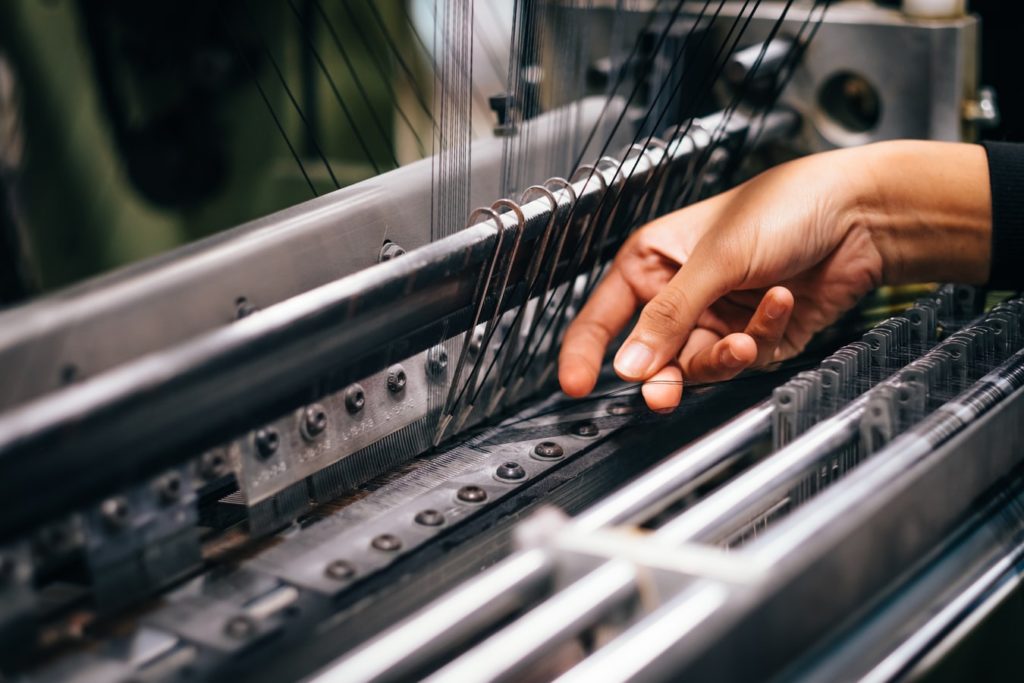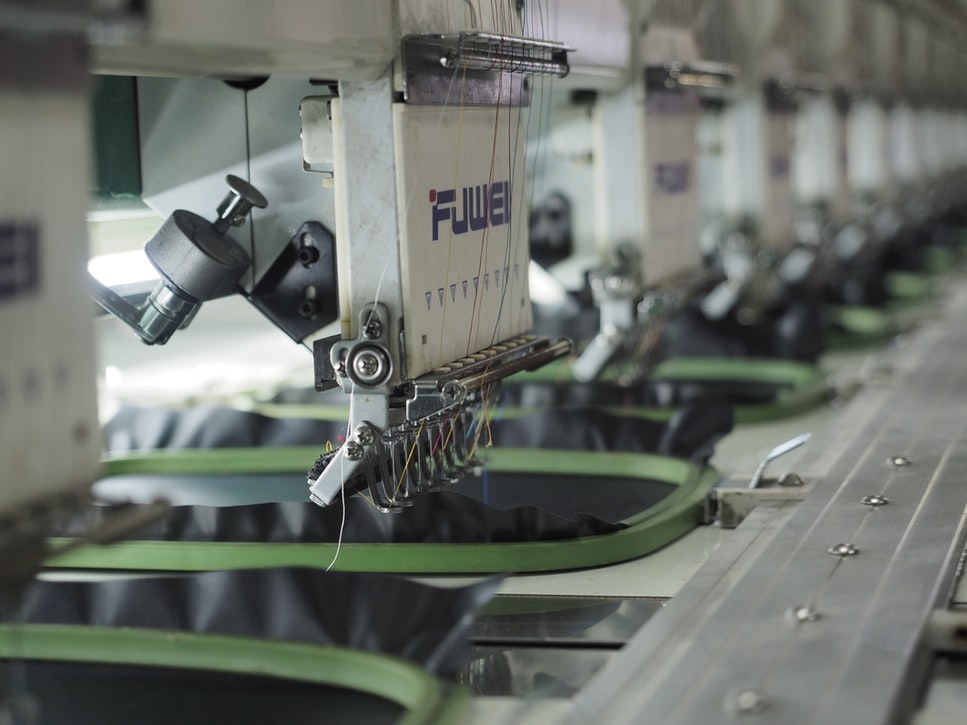As industrialisation has progressed, so too has the use of efficiency-saving machinery. However, it’s important to think about safety when working with machines, as they are easily capable of causing injury or death.

A serious health and safety risk when operating machinery comes from entanglement with a rotating part, where material such as long hair, loose clothing, ties, gloves, etc. get caught in the moving part, drawing the person into the machine.
If your business uses machinery of any kind, your workers will inevitably have seen the warning signs near/on the equipment and will have probably been reminded countless times of the dangers during health and safety courses and training sessions. Yet, instances of this avoidable incident are still all too common in UK workplaces. Indeed, Health and Safety Executive (HSE) statistics for 2018/19 reveal that:
- 4% of all non-fatal injuries involved contact with moving machinery – more than 23,000 employees.
- 8% of all fatal accidents involved contact with moving machinery – 14 of the total 147 workers killed.
The human cost of poor machinery management: Worker loses fingers in drilling machine
Contributing to these damning statistics, an industrial equipment manufacturer recently received a considerable fine after a worker suffered serious injuries to her arm and hand using a spindle drilling machine. The employee was working on an adapted three-spindle drill when her gloved hand became entangled in the unguarded rotating spindle.
Although HSE investigators found that the manufacturer had carried out a risk assessment on the drill and identified entanglement risk on the rotating parts, the company had not:
- Provided guarding to the area. It instead relied on employees keeping their hands away from the danger area.
- Warned employees about the increased danger of entanglement when wearing gloves.
Stephenson Gobin Limited pleaded guilty to breaching the Provision and Use of Work Equipment Regulations (PUWER) 1998. It was fined £5,334 with £1,369 costs.
HSE
Safeguards

Despite improvements in machine safety and developments in health and safety legislation, the risk of injury or death through entanglement is still an issue that employers cannot afford to ignore.
Incidents arise primarily as a result of a worker acting carelessly around a machine or insufficient or missing safety features such as guards. The HSE stress that employers must do everything they reasonably can to prevent access to dangerous moving parts.
Safeguards that can prevent entanglement include:
Guarding. Machinery should always be properly guarded to prevent any part of a worker's body coming into contact with moving parts.
Dress codes. Workers should not wear loose-fitting clothing, jewellery, or any other items around equipment that pose an entanglement hazard. Long hair must be tied back to keep it from coming into contact with moving parts.
Safe systems of work. Workers should avoid working alone with potentially entangling machinery. Before adjusting machines or carrying out maintenance, qualified workers should shit down and lockout equipment.
Emergency shut-offs. Anyone working with or around machinery should know where to locate and how to operate shut-offs. Quick response may save a life.
Top tips for preventing entanglement incidents
In accordance with PUWER and HSE guidance, take note of the following to minimise machinery risk.
Do...
- Make sure that the machine used is appropriate for the job and is well maintained.
- Ensure safety measures are regularly checked, including guards, isolators, locking mechanisms, emergency off switches, etc.
- Provide sufficient training so that workers understand how to use machines correctly and in accordance with manufacturer’s instructions.
- Have workers carry a personal safety device that can be used to raise an alarm in event of an accident or emergency – especially lone workers.
Don't...
- Allow workers to use a machine that has a danger sign attached to it. Ensure only an authorised person confirms that they are satisfied the machine or process is safe for the operator to use.
- Allow workers to distract someone that may be using a machine.
- Remove safeguards. These are fitted to prevent access to dangerous moving parts of the machine, so are vital in reducing the risk of accidents.
In need of support?
If you would benefit from practical advice on safeguarding your environment, including professional guidance on appropriate control measures, our experienced Health & Safety Consultants can provide valuable direction and ensure compliance with health and safety legislation.





